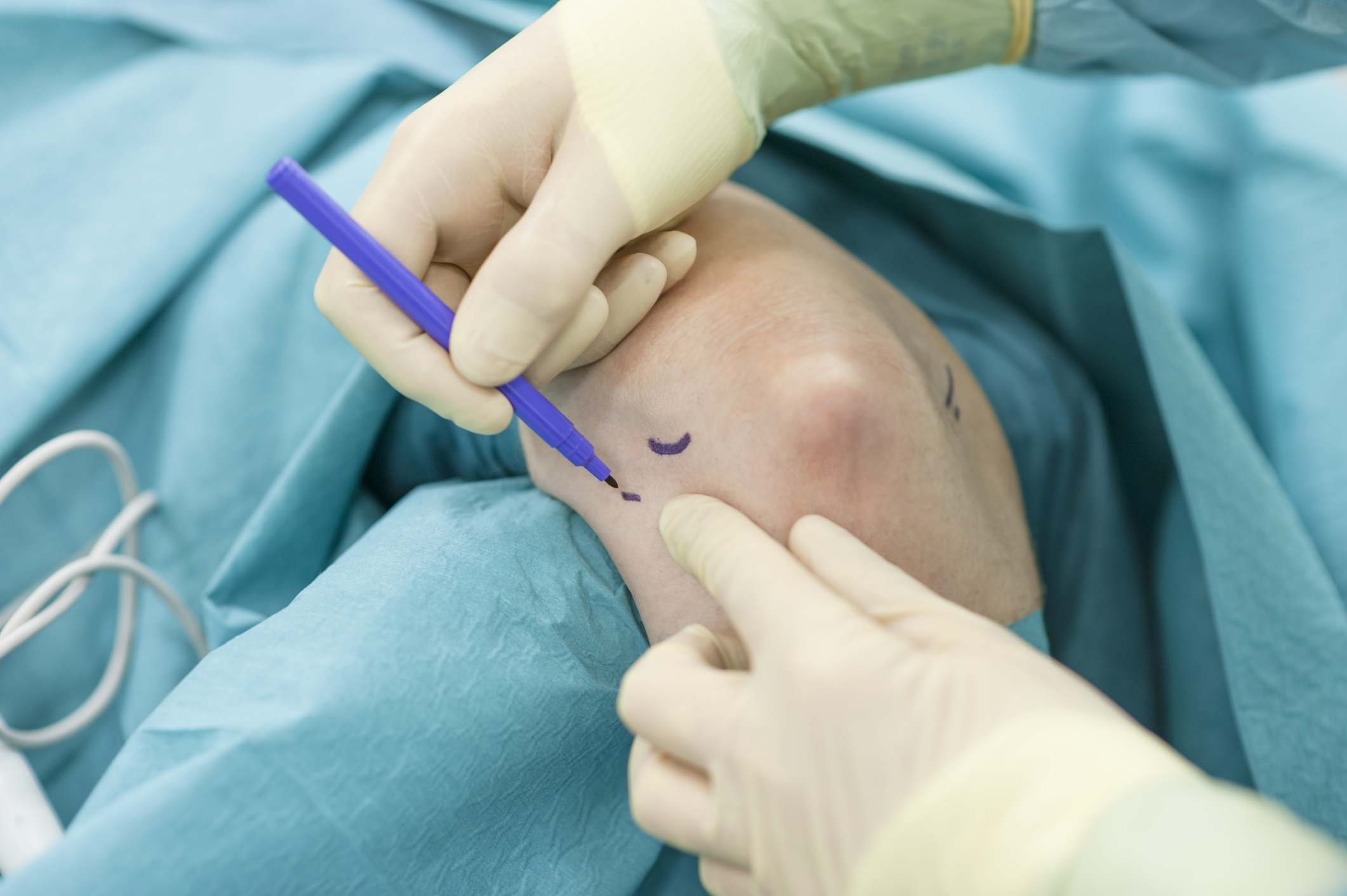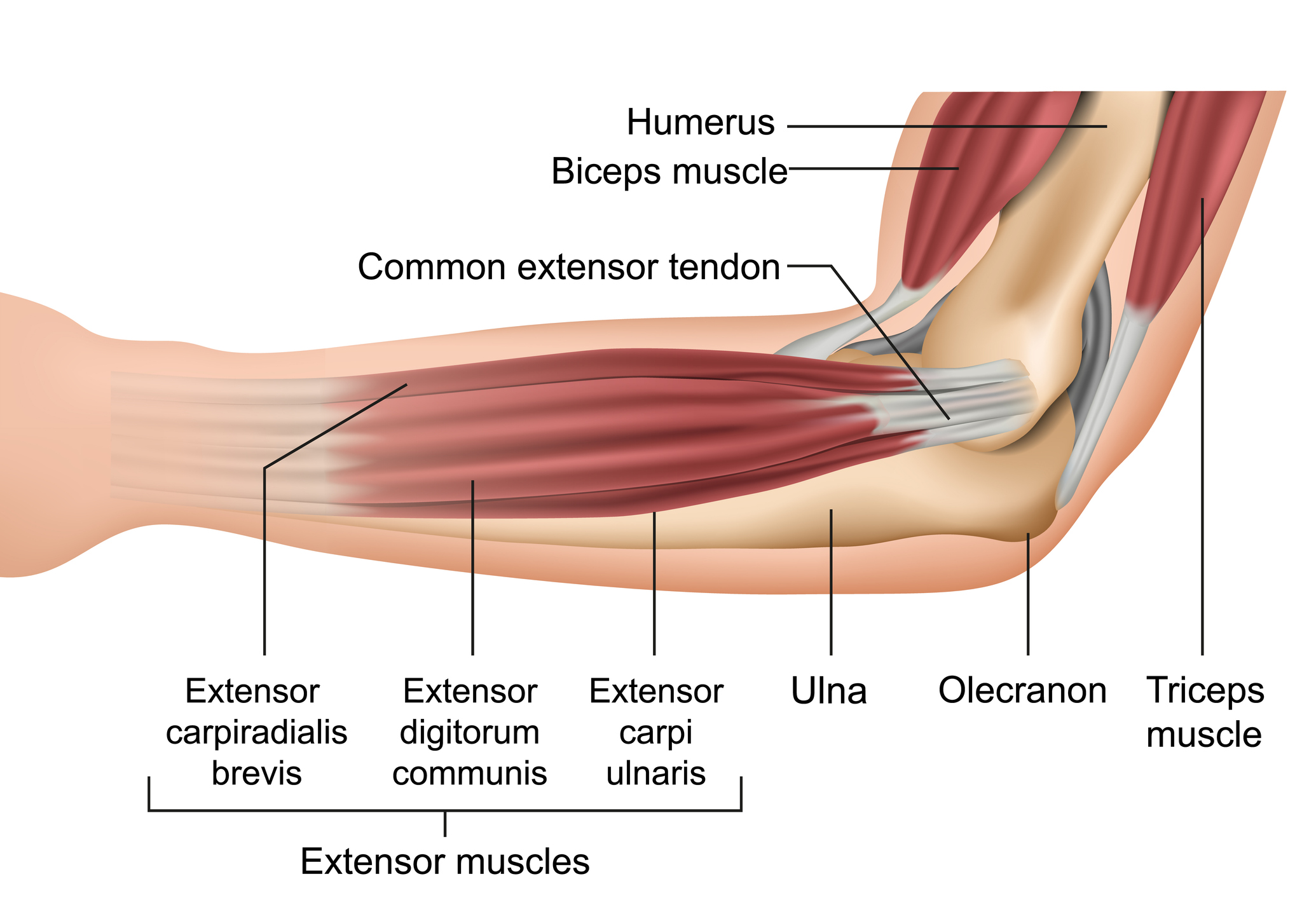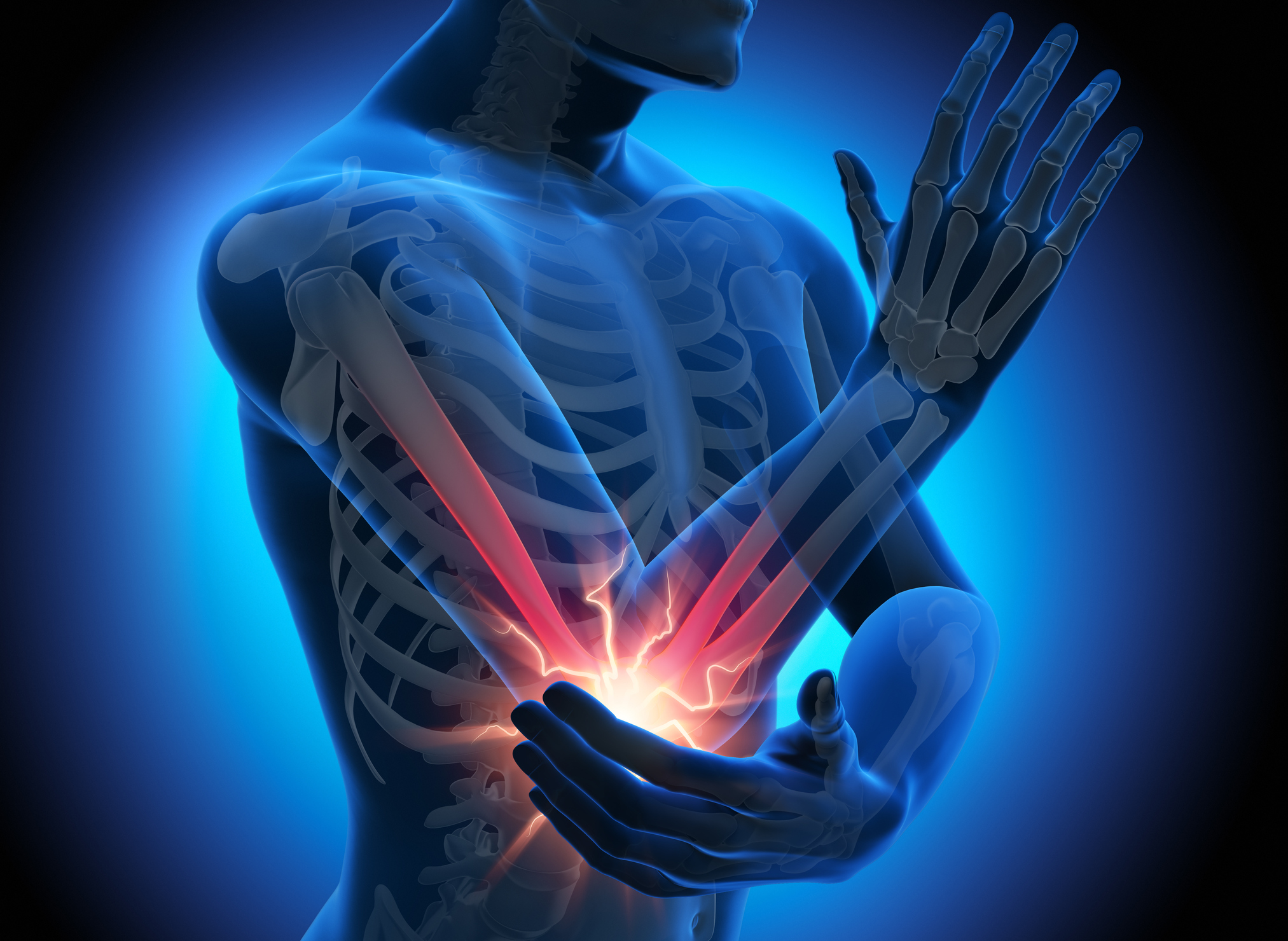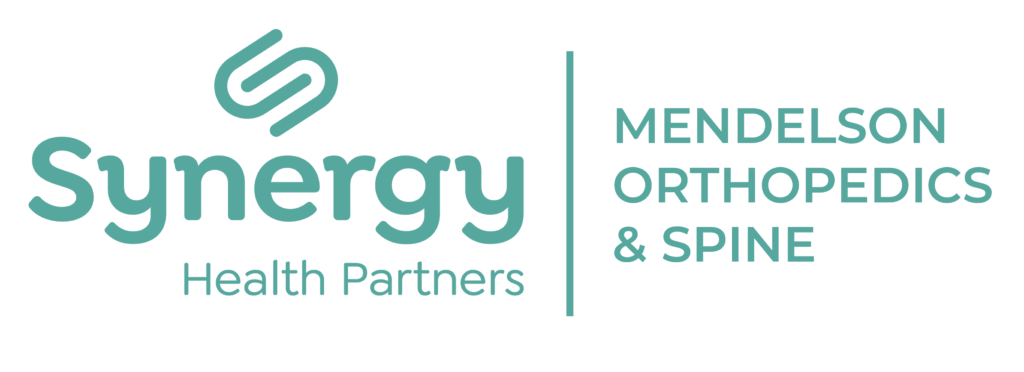Elbow Arthroscopy
Elbow arthroscopy is a minimally invasive surgical procedure used by orthopedic surgeons to diagnose and treat problems within the elbow joint. This technique involves using a small camera called an arthroscope, which is inserted into the elbow joint, allowing the surgeon to visualize the joint on a screen and guide small surgical instruments to perform the necessary treatment.

What is Elbow Arthroscopy?
Elbow arthroscopy is a type of surgery that uses small incisions to insert an arthroscope and other instruments into the elbow joint. This approach is less invasive than traditional open surgery, leading to less pain, reduced joint stiffness, and quicker recovery times.
Anatomy of the Elbow
The elbow joint is a complex structure formed by the joining of three bones:
- Humerus: The upper arm bone.
- Ulna: The forearm bone on the pinky side.
- Radius: The forearm bone on the thumb side.
These bones are covered with articular cartilage, a smooth tissue that cushions the joints. The elbow is also surrounded by muscles, ligaments, and three major nerves, all of which must be carefully navigated during surgery.


When is Elbow Arthroscopy Recommended?
Elbow arthroscopy is recommended for patients who have painful conditions that do not respond to nonsurgical treatments like rest, physical therapy, or medications.
Conditions Where Elbow Arthroscopy Is Needed
Preparing for Elbow Arthroscopy Surgery
Planning for Surgery
Evaluations & Tests
Your surgeon will conduct a thorough evaluation, which may include:
- Physical examination
- Blood tests
- Imaging tests (X-rays, MRI)
- Consultation with your primary doctor to ensure you are fit for surgery
- Surgical Procedure
- Positioning
You will be positioned to allow the surgeon easy access to your elbow. Common positions include side lying (lateral decubitus) or lying on your stomach (prone).
Making an Incision: A small cut is made to reach the affected knee part.
Removing Damaged Tissue: The surgeon removes the damaged cartilage and bone.
Implanting Prosthetics: The surgeon fits the area with metal and plastic parts. These can be fixed with or without cement.
Closing the Incision: The cut is closed, and the knee structures are put back in place.
Procedure Steps
Incision: Small incisions are made to insert the arthroscope and instruments.
Fluid Injection: Fluid is injected into the joint to improve visibility.
Evaluation: The surgeon evaluates the joint and identifies any problems.
Treatment: Specialized instruments are used to perform the necessary repairs, such as removing loose bodies or repairing cartilage.
Closure: Incisions are stitched or covered with skin tapes, and a dressing is applied.
Postoperative Care
After surgery, you will be monitored in the recovery room and provided with discharge instructions. Pain management and proper dressing care are crucial.
At Home
Pain Management: Medications will be prescribed to manage pain.
Ice and Elevation: Regularly ice and elevate your elbow to reduce swelling.
Movement: Early range-of-motion exercises are encouraged to prevent stiffness.
Pain Management
Pain after surgery is managed with prescribed pain medications, anti-inflammatory drugs, and acetaminophen. It’s important to follow the doctor’s instructions to manage pain effectively and avoid complications.
Rehabilitation
A physical therapy program will be designed to help you regain motion and strength in your elbow. The duration of therapy depends on the specific procedure performed.
Risks / Benefits
Benefits
- Faster recovery
- Less pain after surgery
- Less blood loss
- Lower risk of infection and blood clots
- The knee feels more natural compared to total knee replacement
Risks
- Future surgery might be needed if arthritis develops in other parts of the knee
- Possible complications include blood clots, infection, nerve or blood vessel injury, continued pain, and stiffness
Long-Term Outcomes
Recovery time varies depending on the complexity of the surgery. Minor repairs may allow a return to normal activities within a few days, while more extensive procedures may require several months of rehabilitation. Following your surgeon’s instructions is key to a successful outcome.
Frequently Asked Questions
Q: What is the difference between elbow arthroscopy and open surgery?
A: Elbow arthroscopy uses small incisions and an arthroscope, leading to less pain and quicker recovery compared to traditional open surgery.
Q: How long does it take to recover from elbow arthroscopy?
A: Recovery can take from a few weeks to several months, depending on the complexity of the procedure and the individual’s health.
Q: Are there any long-term restrictions after elbow arthroscopy?
A: Most patients can return to their regular activities, but your surgeon will provide specific guidance based on your individual case.
Q: Can complications arise from elbow arthroscopy?
A: While complications are rare, they can include infection, nerve injury, and blood clots. These are generally minor and treatable.
Q: Is elbow arthroscopy painful?
A: There will be some discomfort after the surgery, but pain management strategies will be provided to minimize it.
Q: What should be expected post-operatively from elbow arthroscopy?
A: Post-operative care involves managing pain, preventing infection, and gradually increasing joint movement through physical therapy. Initial recovery involves rest and limited movement.
Q: What is the role of physical therapy in elbow arthroscopy recovery?
A: Physical therapy helps restore range of motion, strength, and function to the elbow joint. It usually begins shortly after surgery and continues for several weeks to months.
Q: How does elbow arthroscopy address loose bodies in the joint?
A: Loose bodies, which are fragments of cartilage or bone, can be removed arthroscopically to relieve pain and improve joint function.
Q: What is the typical patient positioning for elbow arthroscopy?
A: Patients are commonly positioned in a lateral decubitus (side-lying) or prone (lying on the stomach) position to provide the surgeon with optimal access to the elbow joint.
Q: How does elbow arthroscopy handle nerve protection?
A: Surgeons take care to avoid nerves by careful portal placement and using techniques to visualize and protect nerves during the procedure.
Doctors That Offer Elbow Arthroscopy
Hear What Our Patients Have to Say


Had my right hip replaced by Dr Jeffrey, and couldn't be happier with the job he did and the treatment I received. Been a few years and went in for a yearly checkup and everything is great! Great doctor and office staff!

My two partial knee replacements changed my life. I feel very respected and cared for at this practice. Everyone is very professional and explains things very conscientiously.

He was very nice explained everything and showed pictures of what he wants to do with my right knee felt comfortable with him and he has a great smile.

Dr. Acker is a very good listener and very [accommodating] to my requests. Very understand[ing] and puts my mind at ease for my upcoming knee replacement.

Dr. Kyle Bohm is a miracle worker. He repaired nerves, a ligament and tendon in my fingers after a dog bite. He stitched me up so nicely and made my hand look like a hand again.


